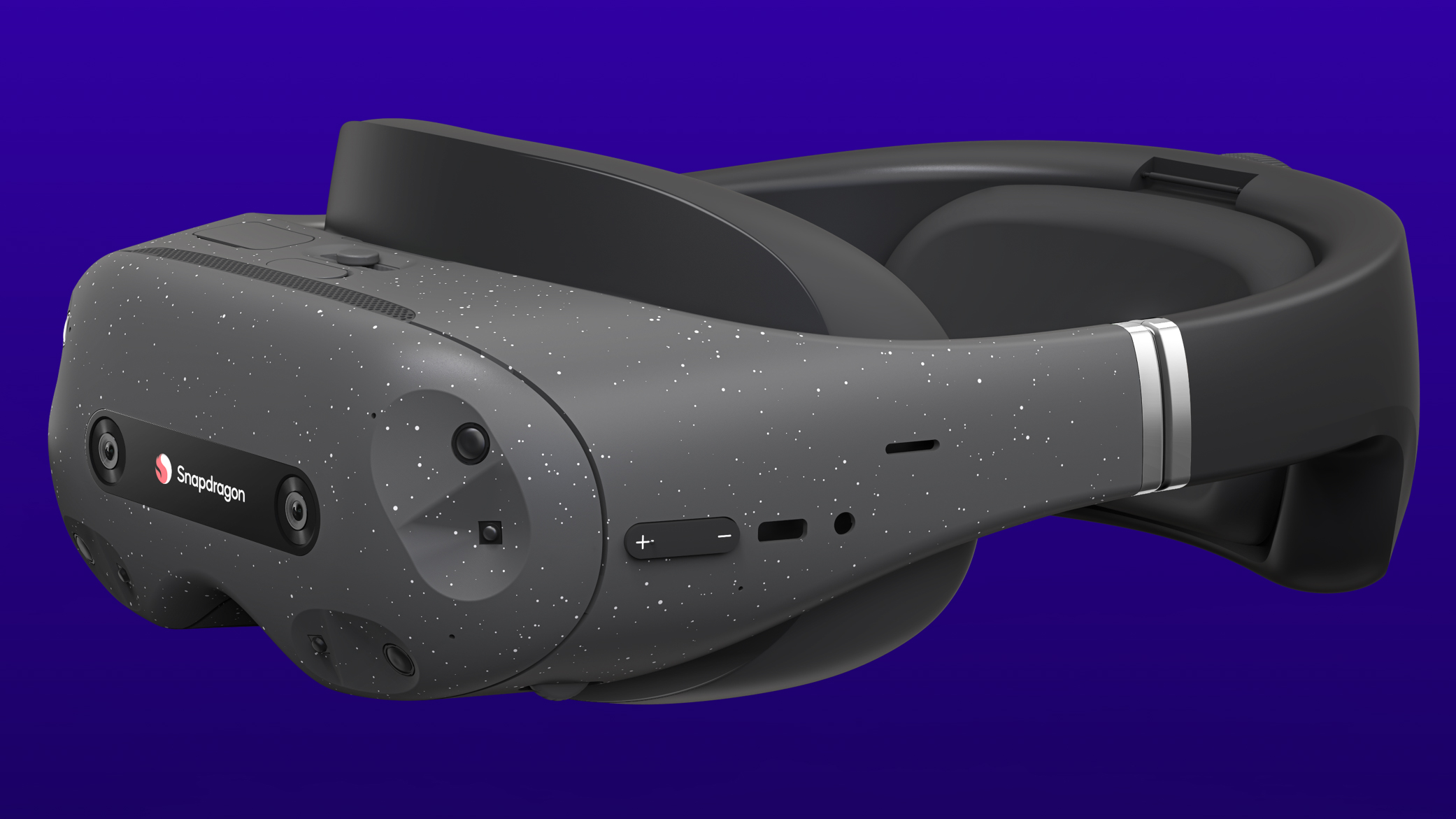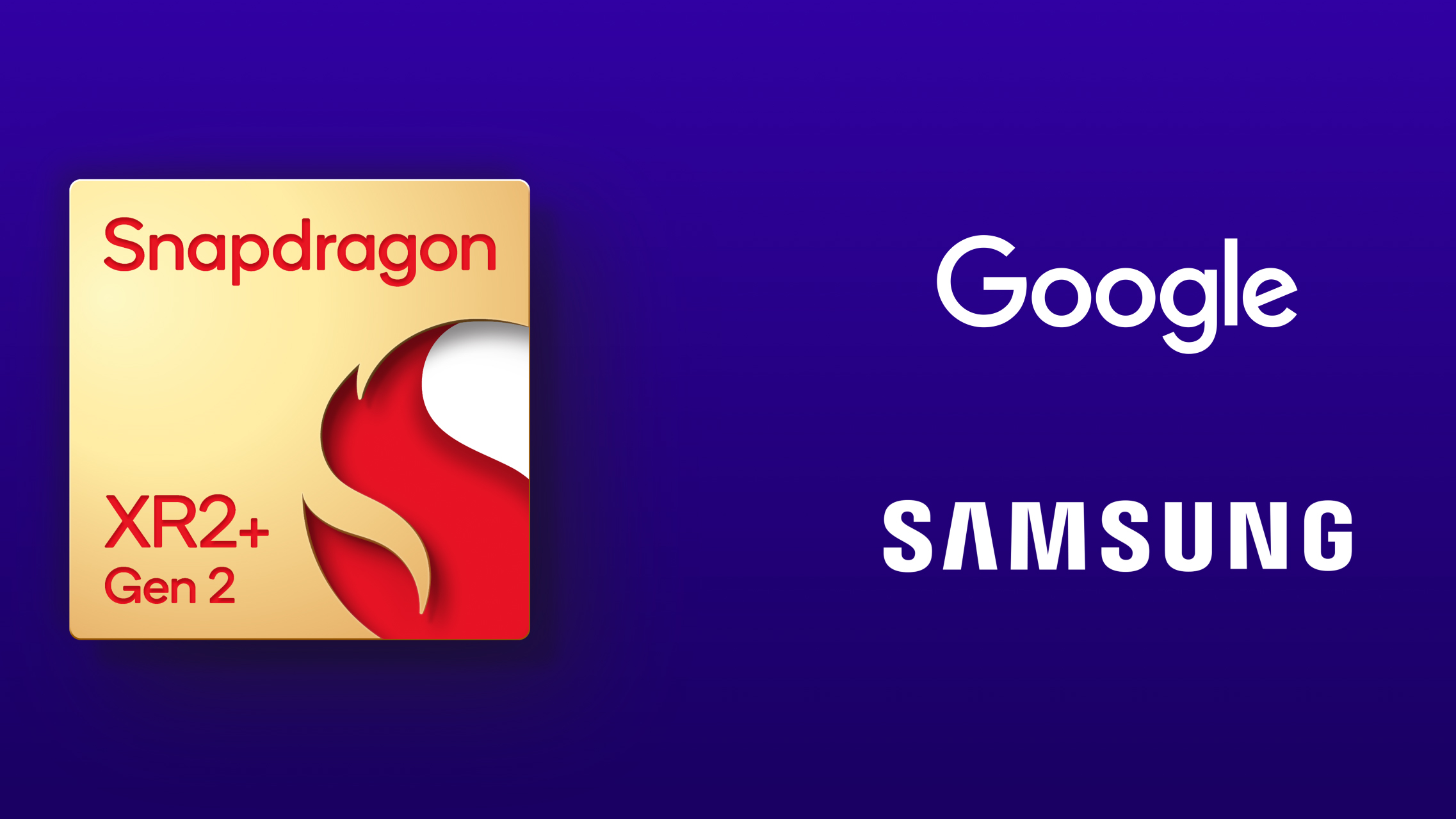Among the new chips I saw from Qualcomm last year, the most impactful may have been the Snapdragon AR1 Gen 1 and Snapdragon XR2 Gen 2 chipsets, found in the Ray-Ban Meta smart glasses and the Meta Quest 3 mixed reality (MR) headset, respectively. With Apple Vision Pro promising a new concept of spatial computing sometime this year, of course, Qualcomm is getting ready for the competition. Today it announced a new Snapdragon XR2 Plus Gen 2 chipset that will power new products from Google, Samsung, and others.
Qualcomm did not name any headsets specifically, only those important partners, with more on the way soon. It said that products with the new XR2 Plus Gen 2 chipset, which is clearly aimed at taking on Apple Vision Pro, could hit the market as soon as 2024, but we will definitely see new devices in 2025.
Unlike Apple’s super-expensive Vision Pro, which costs close to $3,500 in the US, Qualcomm says devices that use its new chipset will be priced closer to today’s XR2 offerings. The Meta Quest 3 starts at $500.
The Snapdragon XR2+ Gen 2 has more graphics power

What can the improved Snapdragon XR2 Plus Gen 2 offer that today’s chipset can’t handle? It’s all about the graphics performance. Qualcomm says its new platform can drive two displays at 4.3K resolution up to 90FPS. It’s so advanced that Qualcomm admits the display technology doesn’t even exist today to support the chipset’s maximum capability, but they expect more advanced displays will hit the market soon.
Improving the graphics performance on mixed reality displays is important because it makes the experience more comfortable in so many ways. Whether that is reducing motion dizziness, improving the clarity of details in the digital image, or even producing more natural colors and color gradations, every bit of performance improvement is necessary to create a world that not only looks real but also feels real and comfortable when you interact with digital objects.
Qualcomm goes on to tout the advanced capabilities of the Snapdragon XR2 platform, like its ability to manage up to 12 or more separate camera input channels. Of course, until Samsung or Google (or maybe both working together?!) create a headset with 12 cameras on board, those capabilities are just for white papers and prototypes. It will take a manufacturer to bring this to market.
Analysis: Qualcomm wants to be the 200lb gorilla
While folks with little mixed reality experience were totally blown away by the Apple Vision Pro headset, the MR industry was much more skeptical. If you’ve had a chance to try the Meta Quest 3, a product that costs less than 15% of what Apple’s headset will cost, you can understand why.
The Meta Quest 3 isn’t as magical as Apple’s offering, but it’s much closer to achieving real magic than you’d expect, and we’re still very early in that headset’s lifespan.
While all of the attention will certainly be focused on Apple Vision Pro this year, it’s unlikely you’ll actually be able to buy one (you might be able to test-drive it in an Apple Store, though). Most of us don’t have that kind of cash for a secondary device, especially one that runs an unproven computing concept.

However, when the next holiday season rolls around, Qualcomm might be the brains behind a new Google or Samsung headset that gives you 80% of the Vision Pro experience, for 20% of the price.
Qualcomm was champing at the bit to tell us more about new products on the way and dropped a lot of “sooner rather than later” hints, so we might see more product news as early as CES. We’ve had our eyes on Google and Samsung, both of whom offered VR headsets in the past but no longer, to re-enter the market and take on Vision Pro and Meta Quest.
If you’re saving up for a cool mixed reality headset this year, keep saving, but don’t skip meals and sell your kidneys just to afford the Apple Vision Pro, not yet. Qualcomm has started 2024 with a promise that MR is going to get more interesting, and more affordable, all at once.




